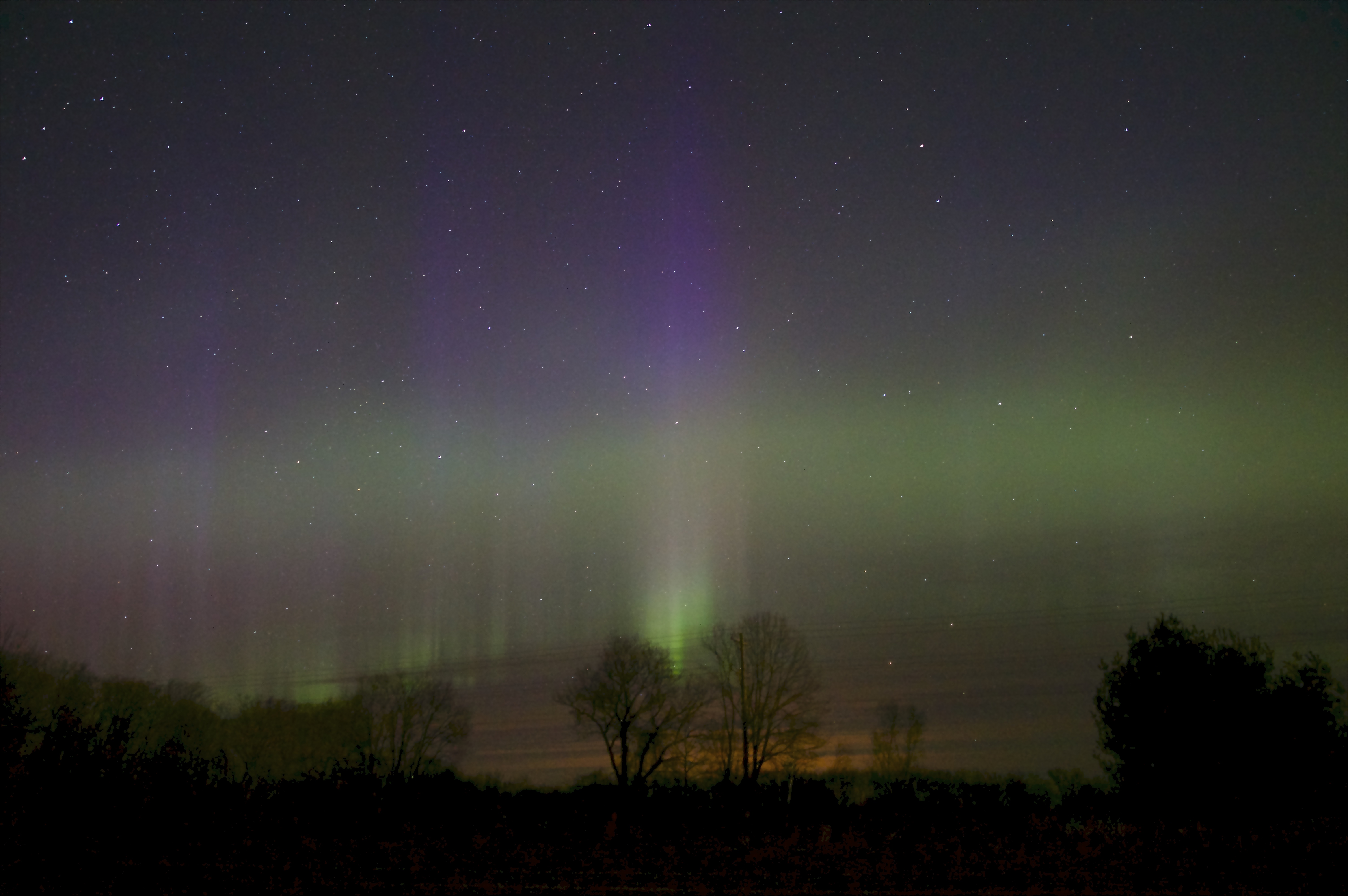I have a question for you guys. I'm going to Alaska (inside passage area) this summer on a cruise ship with my extended family. My parents wanted to get everyone together one more time, as none of use are getting any younger, and after my dad's medical scare this year they figured this year was as good a time as any. I know some of the lenses I will bring...but I'm a little worried my long zoom will not be long enough for wildlife up there. We will be doing some hiking and stuff on shore, not just hanging out on the ship.
The current zoom I have is a Canon EF 70-300mm f4-5.6 IS USM lens. Sort of Canon's middle of the road zoom. Not the cheapest model, but far from their high end L zooms. I'm using it on a crop sensor EOS70D, so the actual focal length is a bit longer. It is a pretty nice lens, and I use it pretty regularly, so I am at least used to the way it behaves.
I'm worried, however, that this might be a bit short on zoom for taking pics of animals and wales and things. I'm debating getting something really big, like a sigma 50-500 or 150-600 and a monopod to be sure I have enough reach. I think I would also use the same lens for sports and car racing and birds at home, so it wouldn't be a 'one time use' kind of thing. Does anyone have any experience with some of these giant lenses? I figure I am not likely going to ever go to Alaska again, so I want to really capture a lot of photos.
FWIW, Other stuff I am planning to bring with me....
50mm Signa f 1.4 prime (small and fast, so no reason not to take it)
10-22mm f 4-5.6 Sigma wide angle (also small and pretty fast, and good for wide scenery stuff)
Canon 17-55mm f 2.8 (walking around lens)
and...a zoom lens to be determined. Either the existing 70-300 canon, or a giant lens.
I have another body that my daughter might use with the 70-300 if I get another zoom.
So, anyone use a big zoom like the ones I am talking about? Anyone ever been to Alaska and have any advice?
I know big primes are more in line with a professional's choice for this application, but they are really quite expensive, and I can't justify something like that for my skill level. I've been looking at the following....
Sigma 50-500 (around 1500)
Sigma 50-600 C series (brand new, but seems to go around 1K)
Sigma 150-500 (maybe 800)
Tamrom 150-600 (1K)
and the classic Canon 100-400 L (1500)















